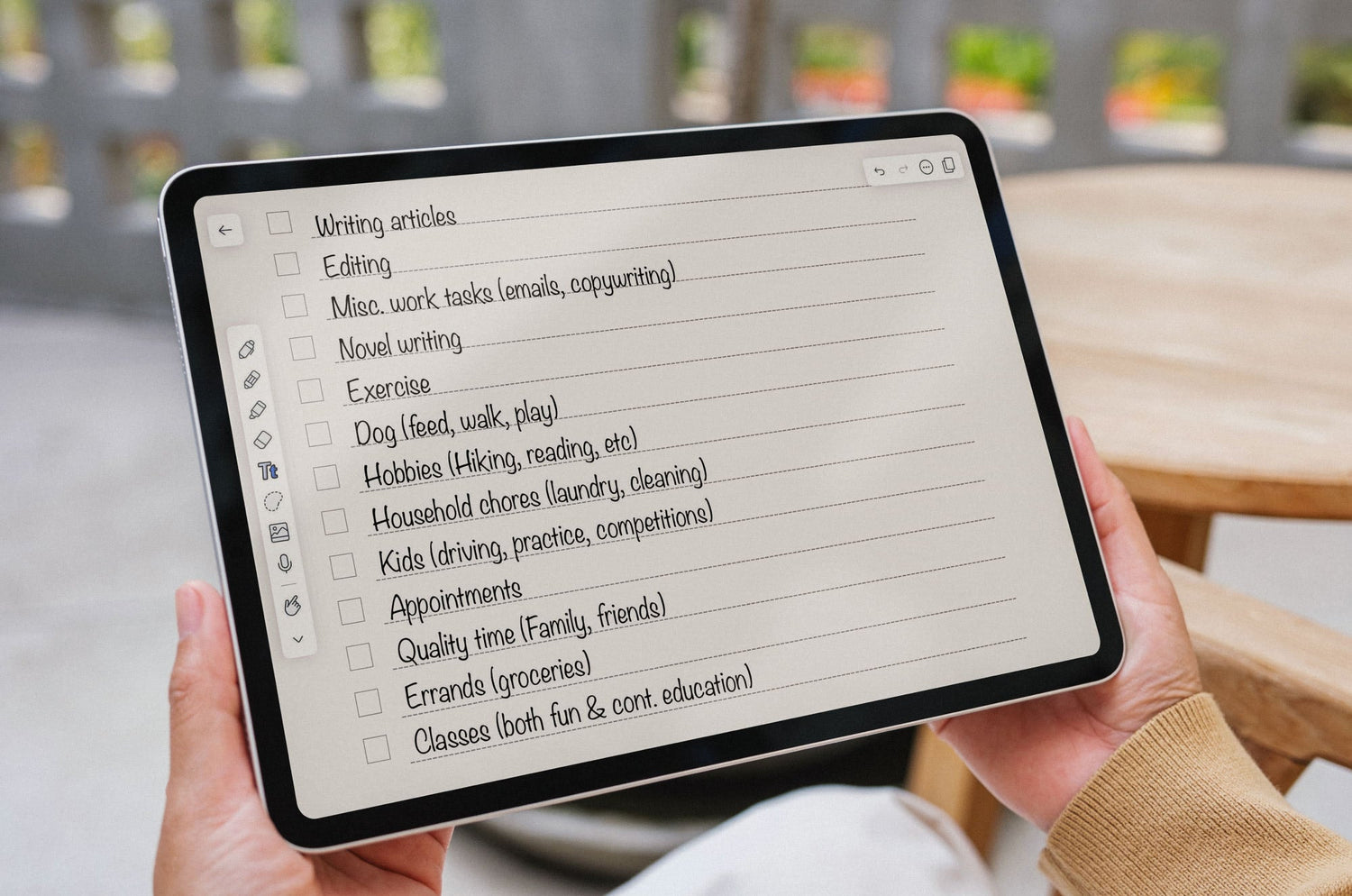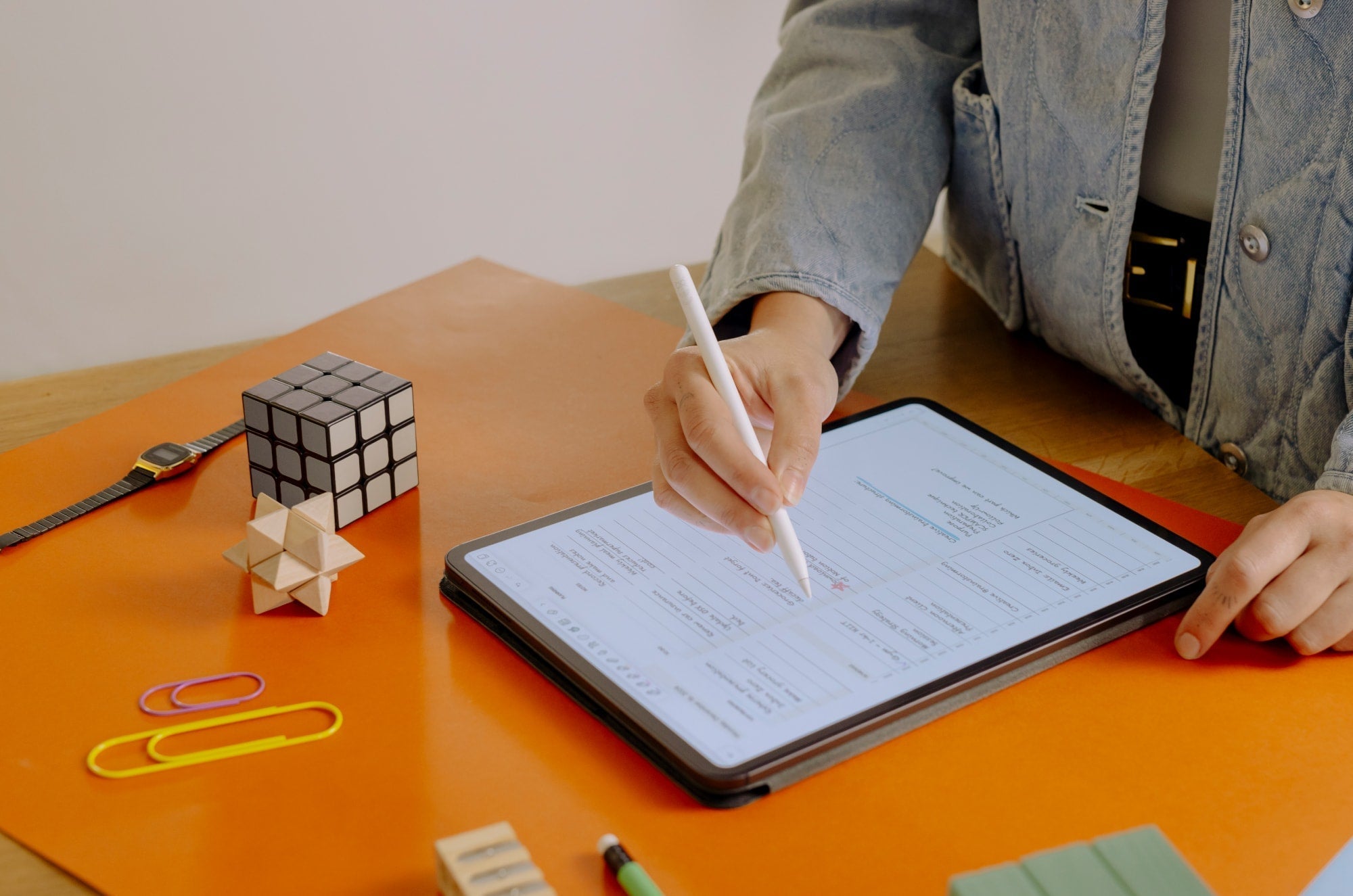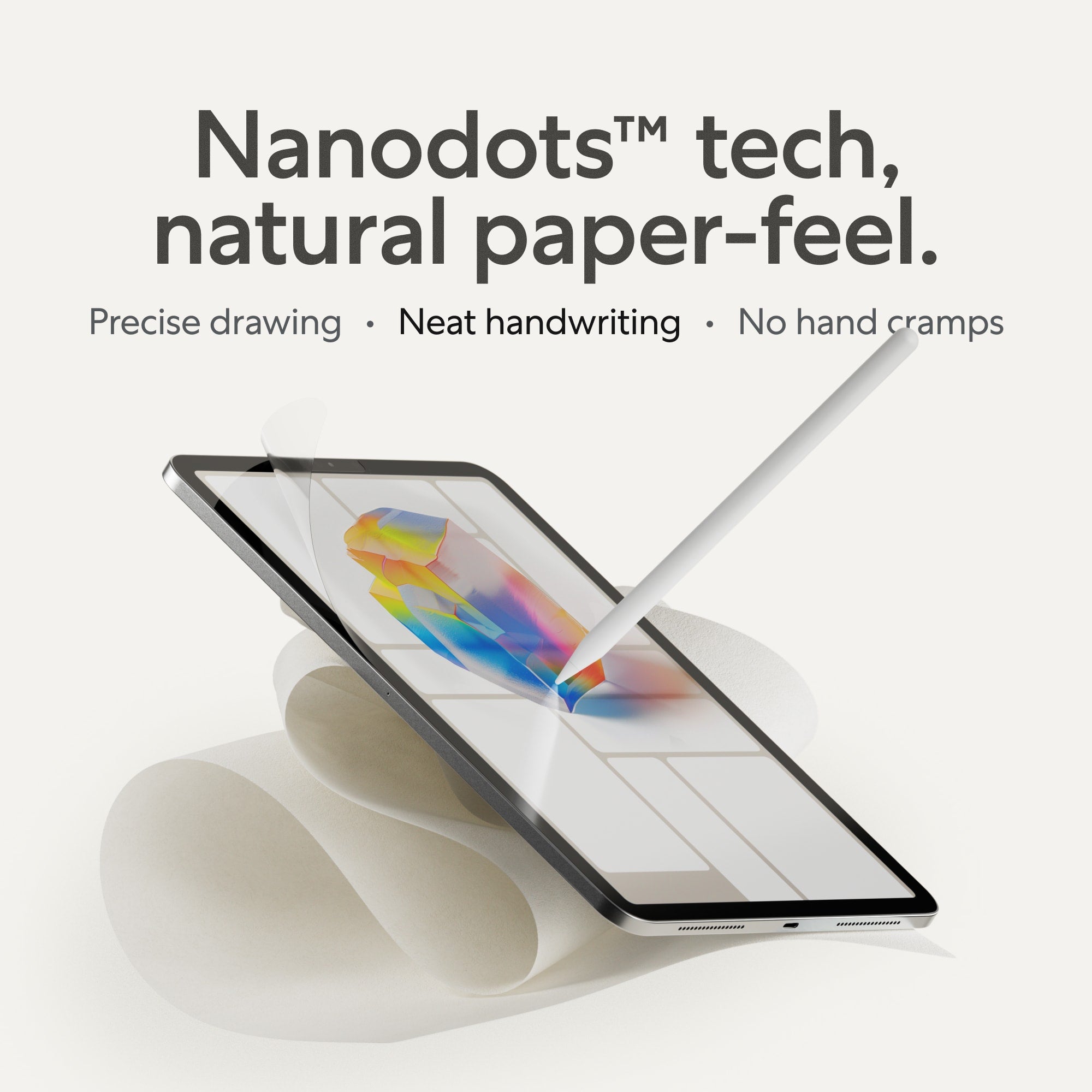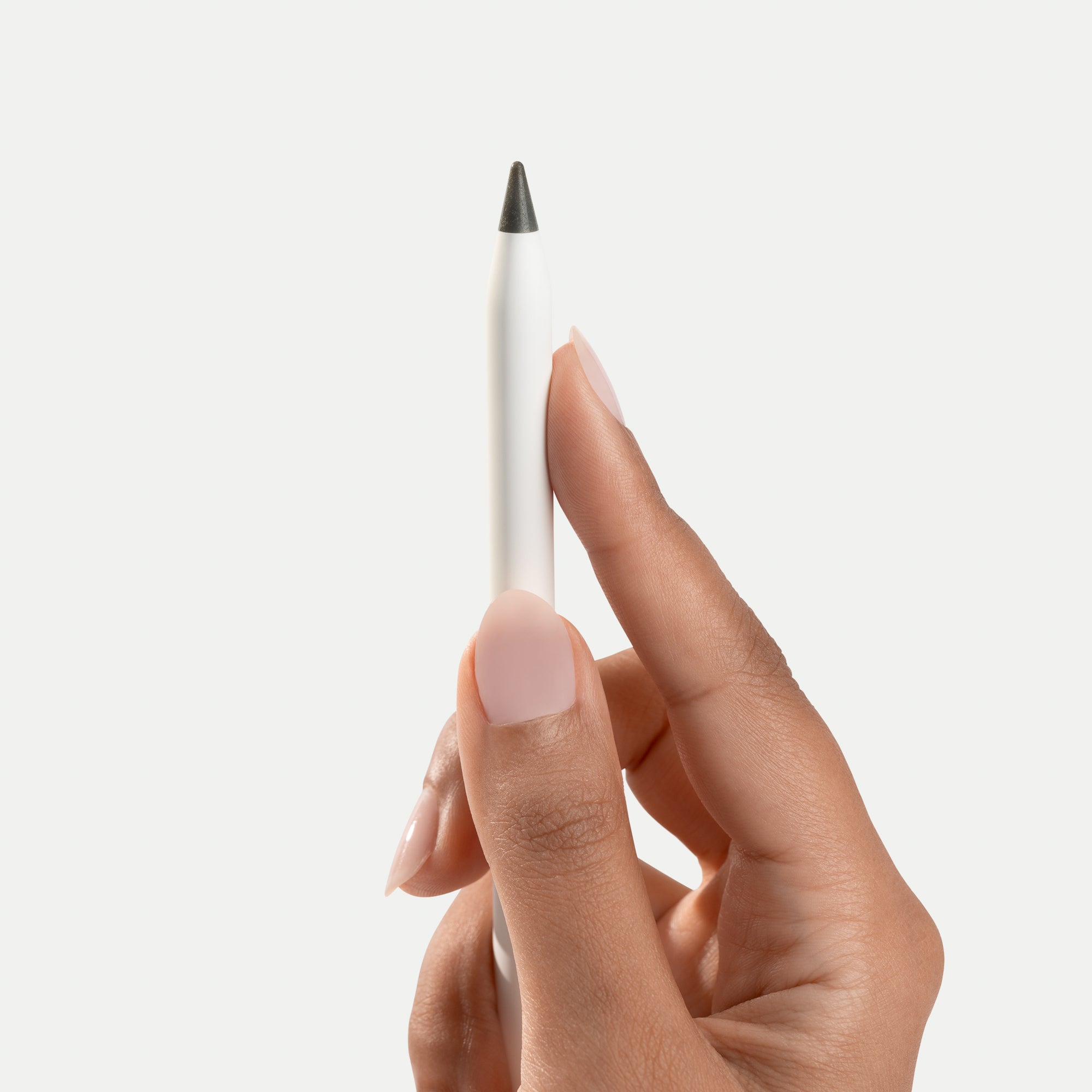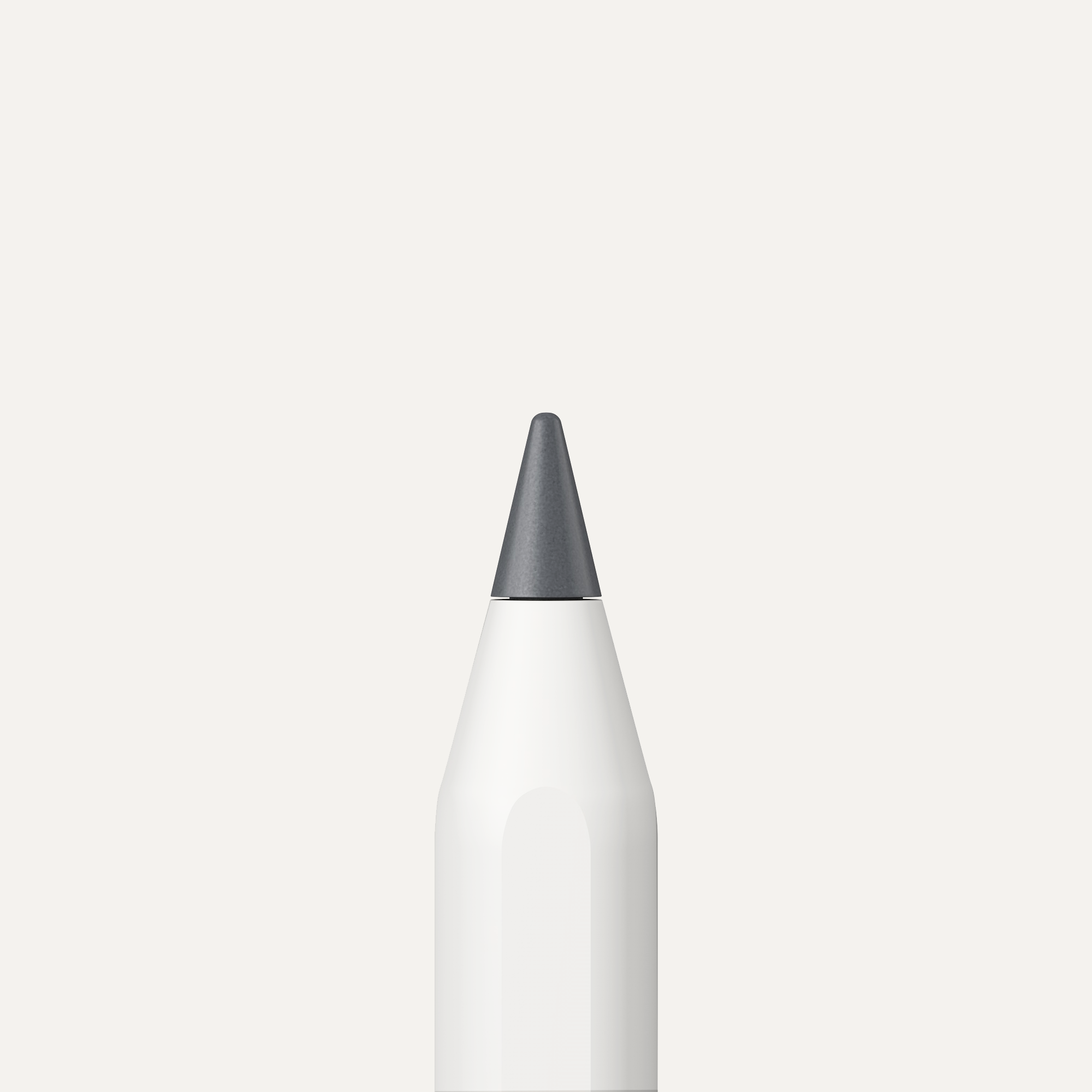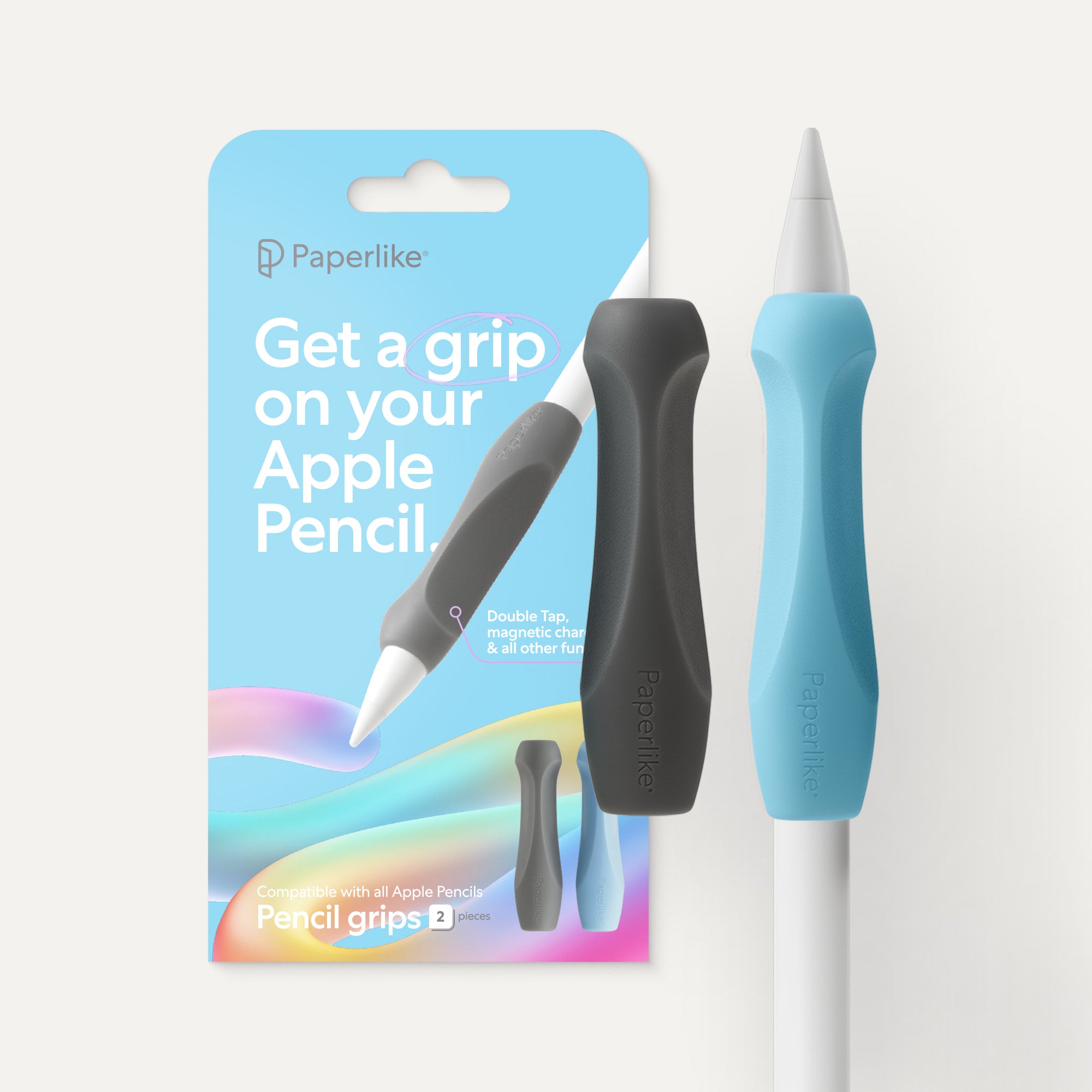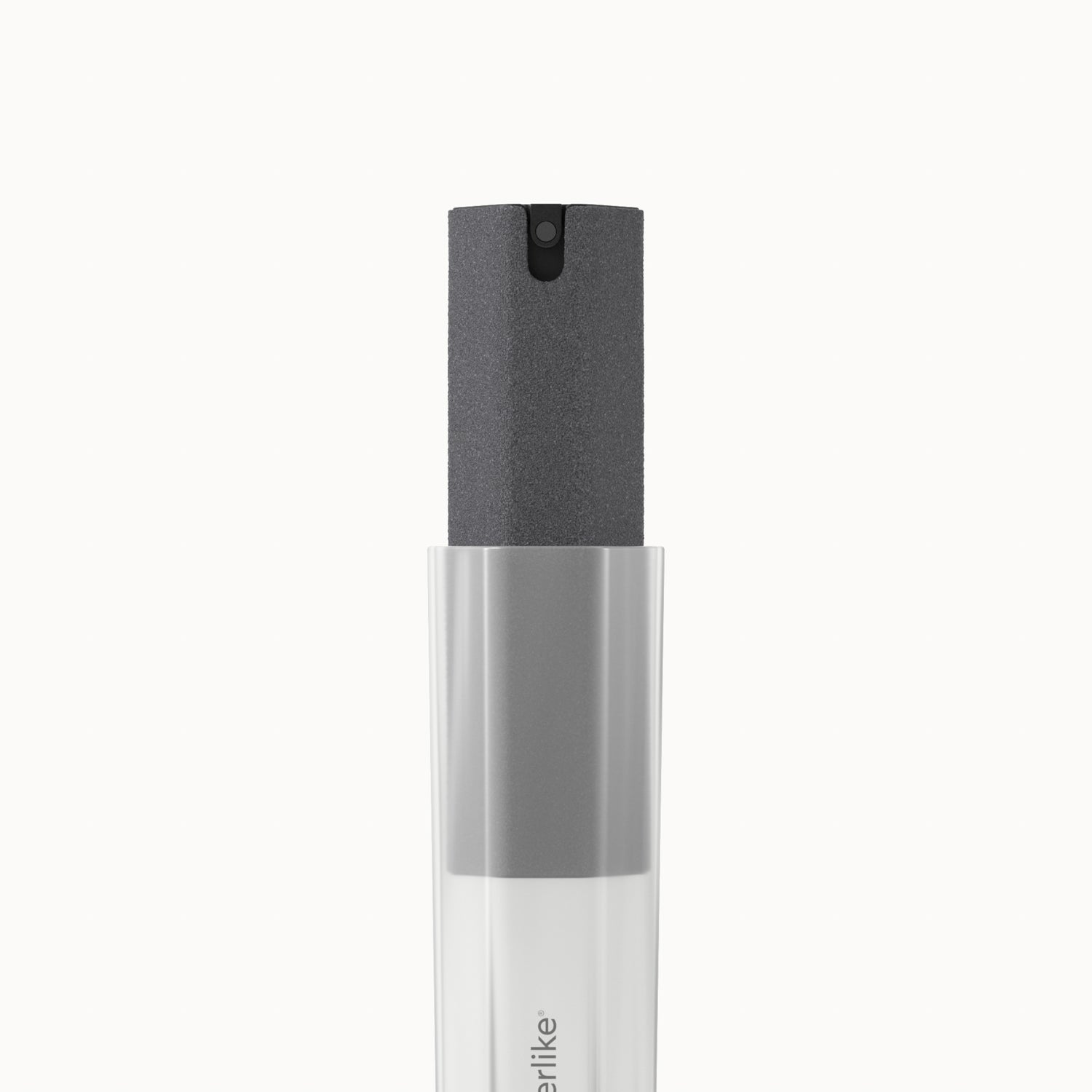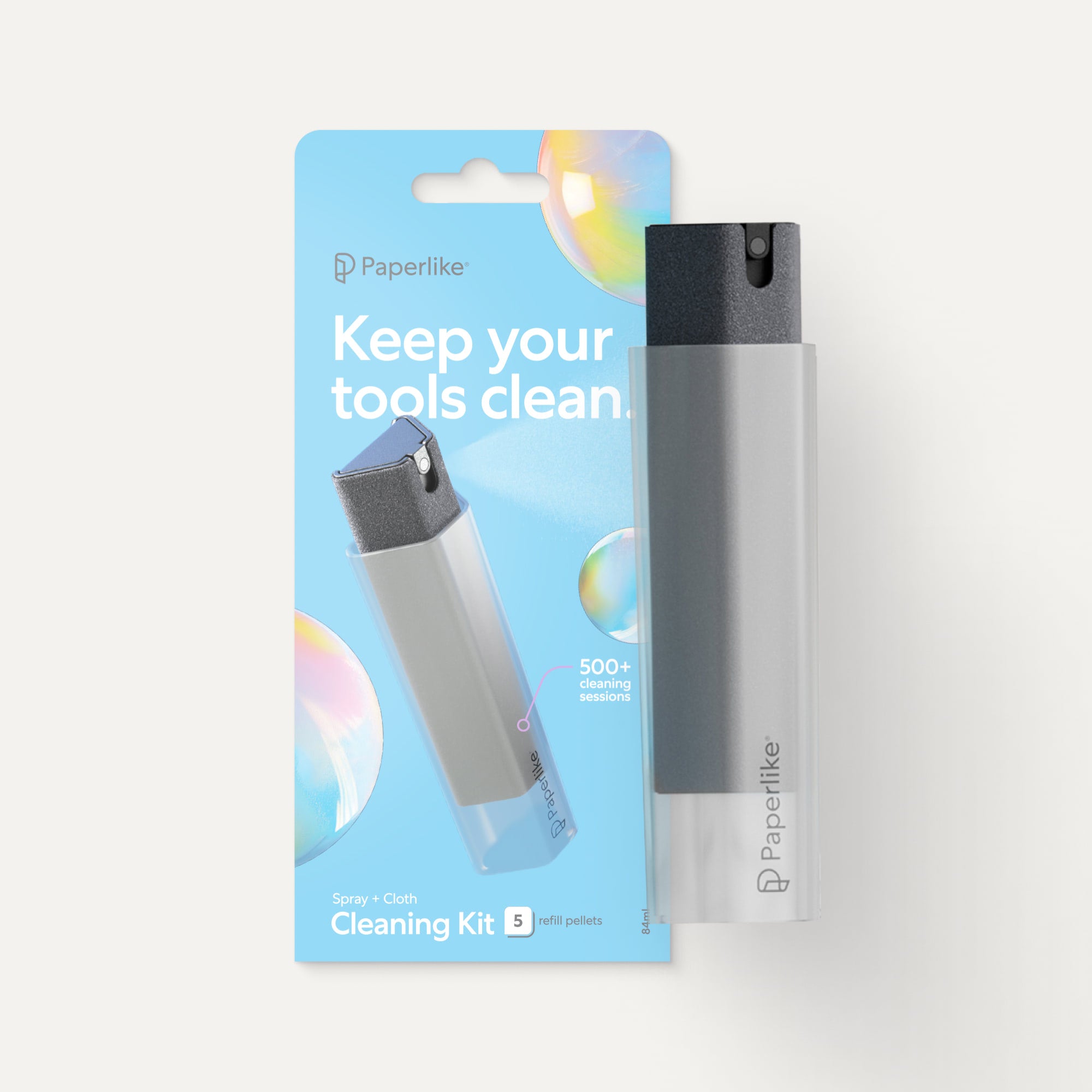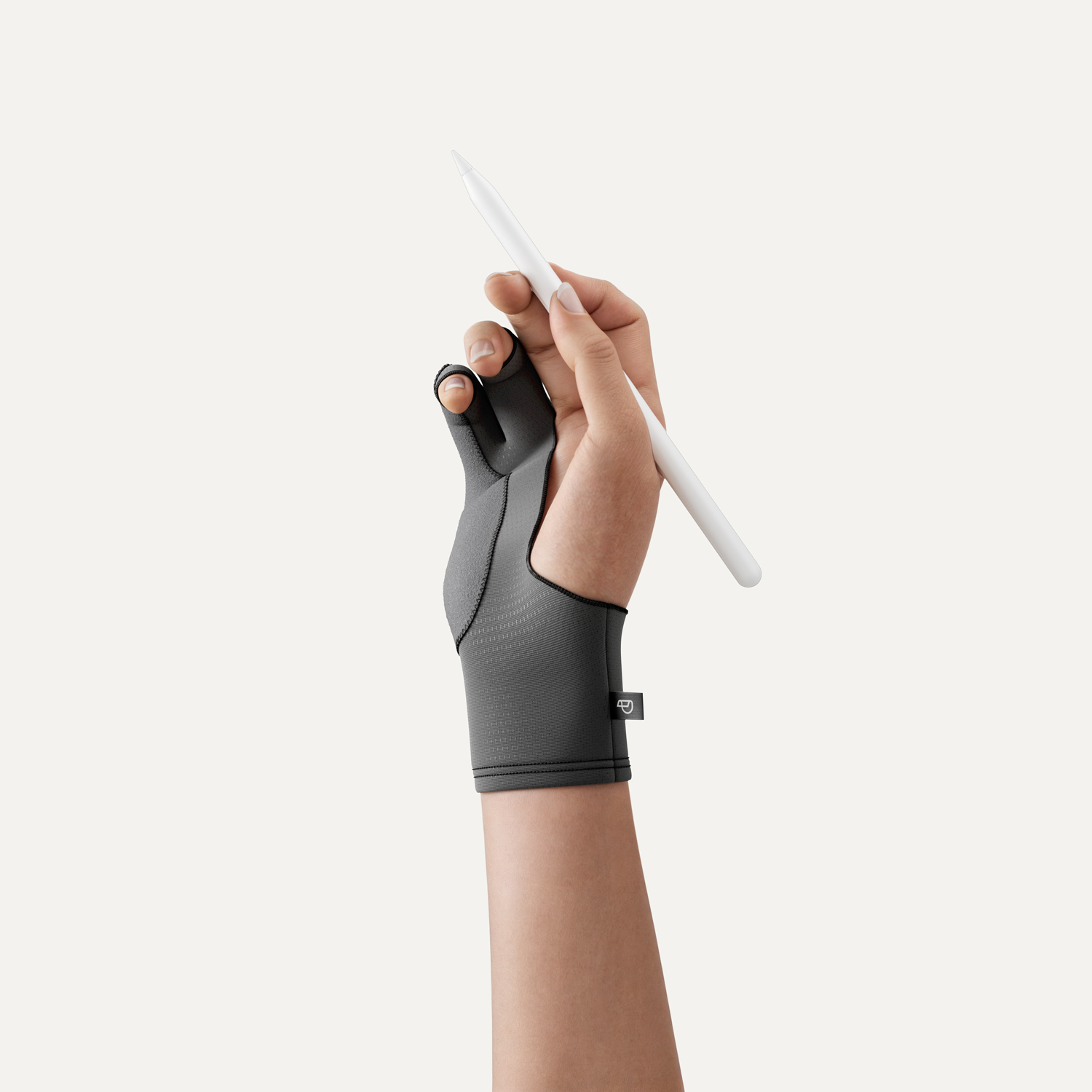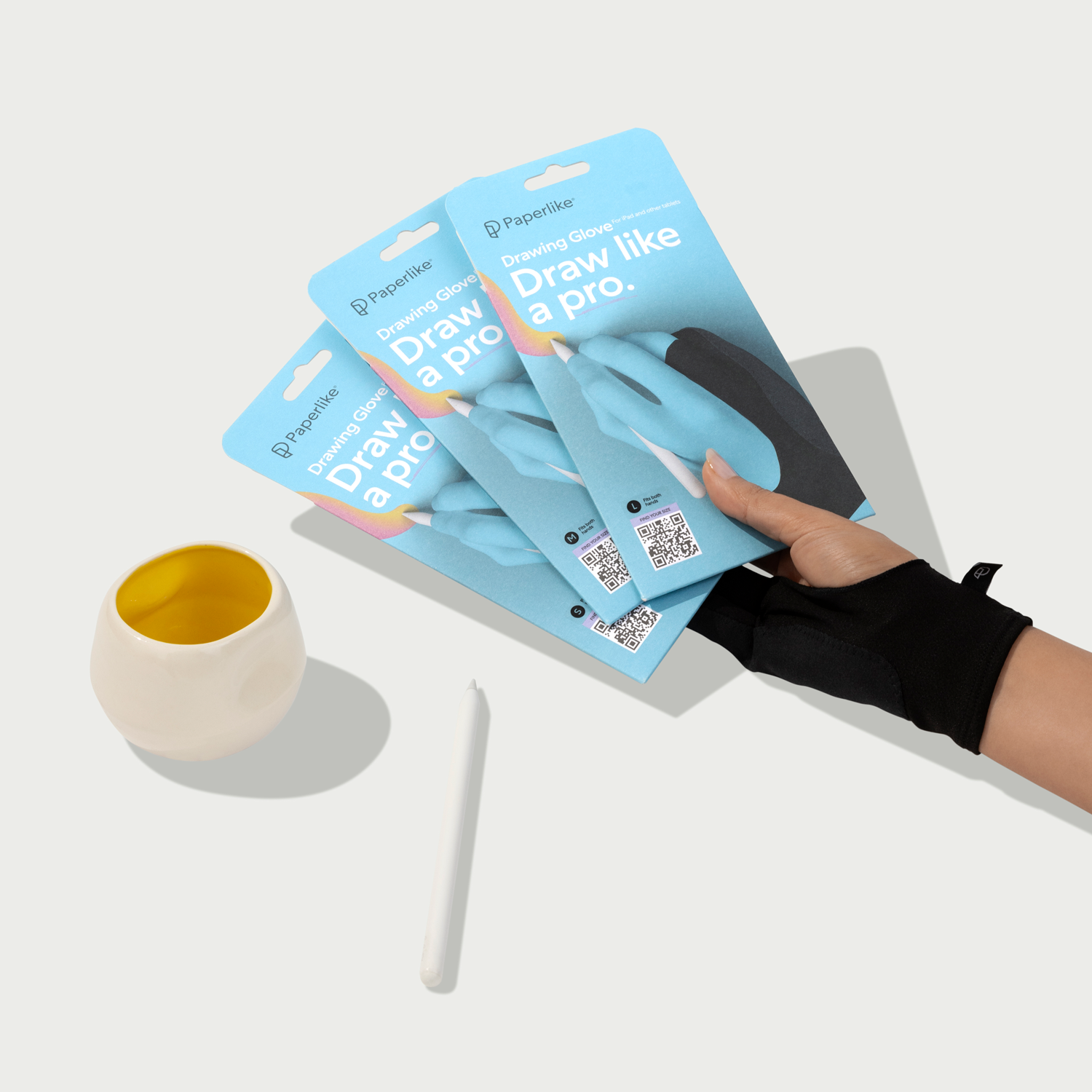Do you ever feel like your to-do list is running the show instead of the other way around? Like, no matter how much you accomplish, there’s always more, and somehow, the most important things keep getting buried under everything else?
Yeah, I know that feeling all too well. So I decided to try something new: the Commitment Inventory.
I’d heard that this method could help prioritize what truly matters and bring some much-needed clarity to an overwhelming workload.
Take a look at how it works.

About the Commitment Inventory
The Commitment Inventory is a productivity technique designed to help you gain control over your tasks, eliminate unnecessary commitments, and focus on what’s most important.
The concept: At its core, the Commitment Inventory is a way to track and categorize every responsibility you have, from major work projects to personal goals to everyday tasks. It forces you to see the full picture of where your time and energy are going.
The goal: By creating a structured, prioritized list of commitments, you can make intentional choices about what deserves your focus. This method helps you cut through the noise, avoid time-wasters, and ensure that your energy is spent on the most meaningful tasks.
There are plenty of resources online that dive into this method, but I personally love Todoist’s explanation. (I know; I talk about them a lot. They just get it. 😜) If you’re more of a visual learner, they also have a YouTube breakdown that’s worth checking out.
Navigating the commitment maze
When I began, I thought the Commitment Inventory was pretty similar to the Eat the Frog method, but I was wrong.
Unlike Eat the Frog, which focuses on tackling the hardest tasks first, Commitment Inventory is all about prioritization. It zeros in on the most important or urgent tasks, making it a game-changer for my productivity.
Over the past few weeks, I’ve integrated this method into my routine.
What was I aiming for? I wanted to find a better system to organize my commitments and eliminate the mental clutter that makes it hard to focus.
As I plunged into the Commitment Inventory universe, I broke things down into three main steps:
Step one: The Grand List
The first task was assembling the Grand List - a comprehensive compilation of all my commitments, from work projects to household chores and even the activities I wanted to do for fun. Seeing everything laid out like that gave me instant clarity.
I didn’t realize how much I was juggling until it was all right there in front of me. I wondered how on earth I could fit everything into my schedule.
I spent a lot of time trying to prune my list and organize everything into categories. Here’s what my finalized list looked like:

Step two: Categorization
After dumping everything onto the page, I sorted my commitments into categories:
- Work – client deadlines, writing projects, and admin tasks.
- Creative & personal goals – novel writing, skill development, and hobbies.
- Household responsibilities – chores, errands, and bills.
- Socialization & relationships – events, outings, and quality time with family.
- Health & well-being – exercise, sleep, and downtime.
Each category felt like its own mini to-do list. And that was the problem. There was no way I could give everything equal attention.
Step three: Prioritization
This is where the real challenge began. How much time did I actually want (or need) to devote to each category?
Everything felt important. But the truth? Some things mattered more than others.
I had to make tough choices about where my energy should go. I used a simple percentage-based system to divide my time:
- Work: 50% – Non-negotiable. Gotta pay the bills.
- Creative goals: 20% – High priority, but needed boundaries.
- Household: 15% – Necessary but shouldn’t take over my day.
- Relationships: 10% – Important, but I wanted to be intentional.
- Health: 5% – (Spoiler: This should’ve been higher.)
Once my priorities were set, it was time to start working through my list with intention.
What worked and what didn’t
What worked? The Commitment Inventory didn’t just help me organize my workload. It completely changed the way I approach decision-making.
- Clarity: Seeing everything laid out in front of me made it so much easier to recognize what actually deserved my time.
- Intentional prioritization: Instead of constantly reacting to whatever felt urgent, I started making proactive choices about my workload.
- Accountability: Reviewing and updating my commitments forced me to reflect. Was I actually spending my time on the right things?
- Mental relief: Instead of trying to juggle everything in my head, I had a clear system that showed me exactly what to focus on.
But what didn’t work? Of course, no method is perfect. Here’s where I struggled:
- Distractions were still a problem. Even with a structured list, it was easy to get sidetracked by emails, quick tasks, or things that felt productive but weren’t actually important.
- Letting go of commitments was hard. I needed to drop some things, but deciding what to eliminate wasn’t always easy.
- I underestimated time management. Assigning percentages to my commitments sounded great in theory, but in practice? Life doesn’t always stick to a formula. Some weeks required more flexibility than I planned for.
Final thoughts
The Commitment Inventory gave me a clearer picture of everything on my plate. And, more importantly, how to manage it all without feeling overwhelmed.
Prioritizing my tasks helped me focus on what really mattered instead of just tackling whatever felt urgent in the moment.
And when it comes to staying organized and focused, having the right tools makes all the difference. Paperlike’s Screen Protector gives you better control and precision when writing and planning on your iPad, while our other accessories help keep you comfortable during those long work sessions.
So, if you're ready to tame your task list, grab your Apple Pencil, fire up your favorite notetaking app, and start mapping things out on your iPad.


